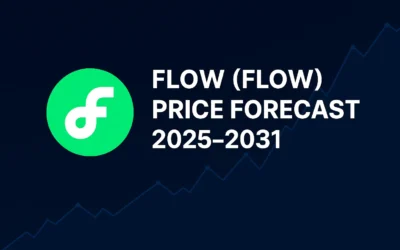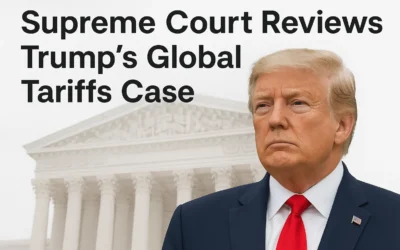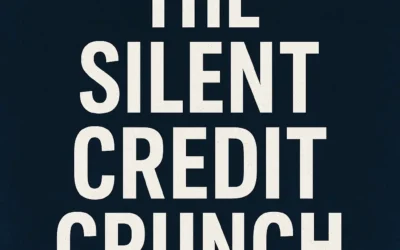The world is holding its breath as tensions in the Middle East reach a boiling point. Recent reports suggest that U.S. President Donald Trump is contemplating a military strike on Iran, a move that could reshape the region and have far-reaching global consequences. With Israel already engaged in a fifth day of airstrikes on Tehran, the specter of a broader conflict looms large. This blog post explores the unfolding crisis, its implications, and the delicate balance between diplomacy and war.
The Escalating Crisis
The current standoff traces back to Israel’s airstrikes on Iran, which began on June 13, 2025, targeting the country’s nuclear facilities and capital. Israeli Prime Minister Benjamin Netanyahu has framed the operation as a preemptive strike against an “imminent” threat, claiming Iran was on the verge of weaponizing its nuclear program. The strikes have killed at least 224 people in Iran, including top military commanders and nuclear scientists, while Iran’s retaliatory rocket attacks have claimed 24 lives in Israel.
As the conflict intensifies, Trump’s rhetoric has added fuel to the fire. On June 17, he called for Iran’s “unconditional surrender,” warning that U.S. patience is “wearing thin” and boasting that U.S. and Israeli forces have “complete and total control” of Iran’s skies. His administration has deployed additional military assets to the region, including over 40 jets to the UK and Europe and the USS Nimitz aircraft carrier steaming toward the Gulf. These moves have sparked speculation that the U.S. is preparing to join Israel in a direct attack, potentially targeting Iran’s deeply buried Fordo nuclear site.
Trump’s Dilemma: Diplomacy or Destruction?
Trump faces a monumental decision: pursue last-ditch diplomacy or authorize a military strike. The U.S. has been negotiating with Iran to curb its uranium enrichment, with talks mediated by Oman and Qatar. However, Iran canceled a planned meeting in Oman on June 15, citing Israel’s ongoing attacks. Iranian officials have warned that U.S. participation in strikes would eliminate any chance of a nuclear deal, while Trump insists he wants a “real end” to Iran’s nuclear program, not just a ceasefire.
The president’s messaging has been characteristically erratic. While he’s threatened Iran with “bunker-busting” bombs and claimed to know the location of Supreme Leader Ayatollah Ali Khamenei, calling him an “easy target,” he’s also vetoed an Israeli plan to assassinate Khamenei, signaling some restraint. Trump has denied reaching out to Iran for talks but suggested they “know how to reach me” if they want to negotiate. This mix of threats and overtures has left allies and adversaries alike uncertain of his next move.
Global Reactions and Stakes
The international community is on edge. G7 leaders, meeting in Canada, have urged de-escalation, with UK Prime Minister Keir Starmer expressing confidence that Trump seeks peace. However, German Chancellor Friedrich Merz noted that Iran’s leadership has been weakened by Israel’s strikes, potentially shifting the regional power balance. Iran’s Foreign Minister Abbas Araghchi has called for a single phone call from Washington to rein in Netanyahu, warning that the “next steps are consequential.”
The human toll is mounting. Israel’s evacuation warnings to 330,000 Tehran residents have led to mass displacement, with shops and the Grand Bazaar shuttered. Iran’s retaliatory strikes have hit Tel Aviv and Haifa, injuring dozens. Both sides are also waging cyber warfare, with Israel launching a “massive cyber war” on Iran’s digital infrastructure and Iran slowing internet access to counter attacks.
The Risks of War
A U.S. strike on Iran, particularly on Fordo, would require advanced weaponry like the B-2 bomber and could draw the U.S. into a prolonged conflict—exactly the kind Trump has vowed to avoid. Iran has threatened to target U.S. bases in the region, which house tens of thousands of troops, if Washington intervenes. Such escalation could spiral into a regional war, involving Iran’s proxies like Hezbollah and the Houthis, and disrupt global oil supplies, sending economic shockwaves worldwide.
Within the U.S., Trump faces pressure from his MAGA base, with figures like Steve Bannon and Tucker Carlson warning that a strike would betray his “America First” principles. Conversely, hawkish Republicans like Senator Lindsey Graham urge him to “go all in” to destroy Iran’s nuclear program. This divide underscores the political tightrope Trump is walking.
A Path to Peace?
Despite the saber-rattling, there’s still a glimmer of hope for diplomacy. Iran has signaled openness to negotiations if the U.S. publicly distances itself from Israel’s strikes. Trump’s special envoy, Steve Witkoff, and Vice President JD Vance could be dispatched to restart talks, though Trump has said this depends on “what happens when I get back” to Washington. A deal would likely require Iran to abandon uranium enrichment in exchange for sanctions relief, a tall order given the current hostilities.
Conclusion: A World at a Crossroads
The Middle East stands on the brink of a wider war, with Trump’s next move likely to determine whether the region descends into chaos or finds a path to de-escalation. The world watches anxiously as the U.S. weighs its options, knowing that a misstep could ignite a conflict with devastating consequences. For now, Tehran remains on edge, and the clock is ticking.
What do you think? Should Trump prioritize diplomacy or take a harder line with Iran? Share your thoughts in the comments below, and stay tuned for updates on this rapidly evolving story.
Read more on our blog: Investment Blog.









0 Comments